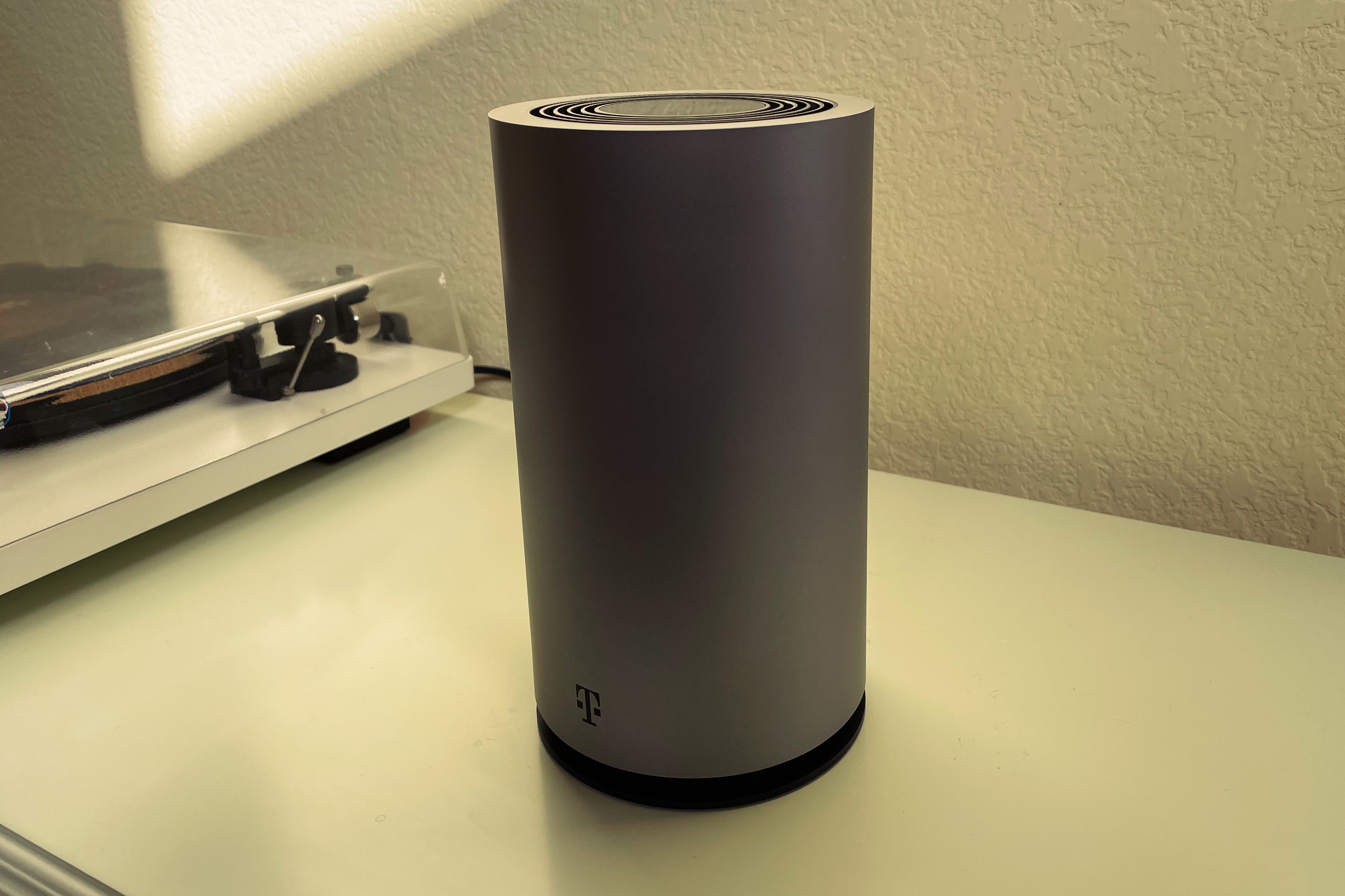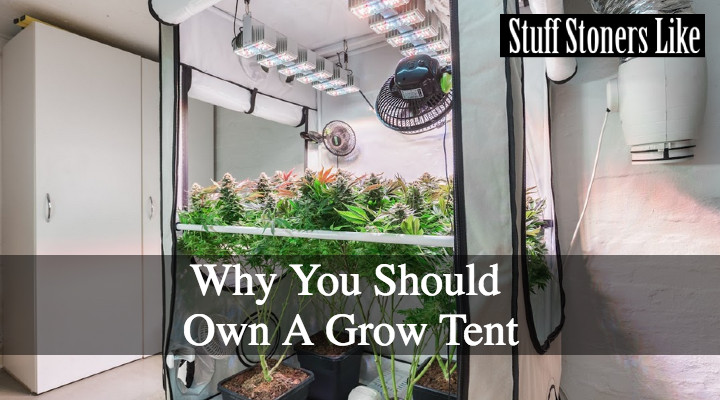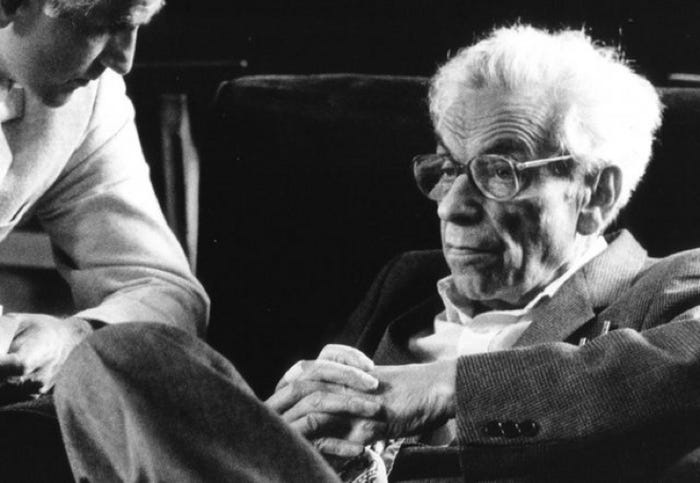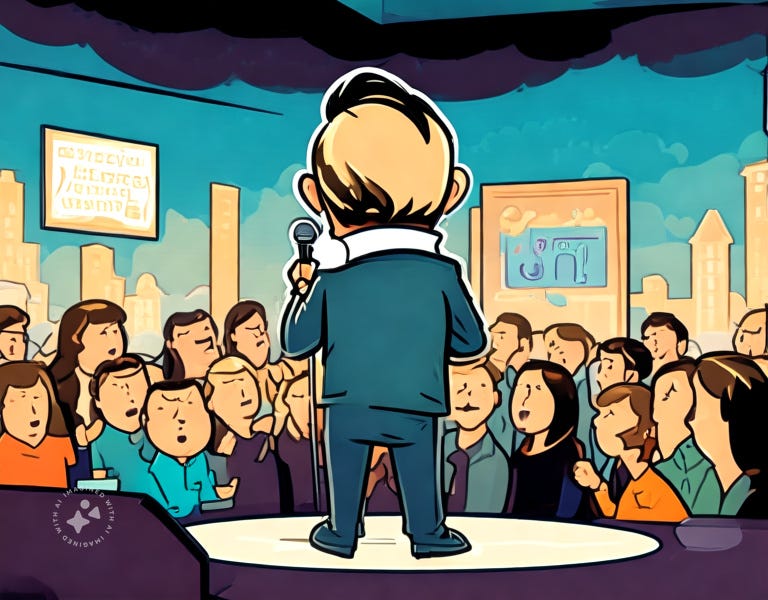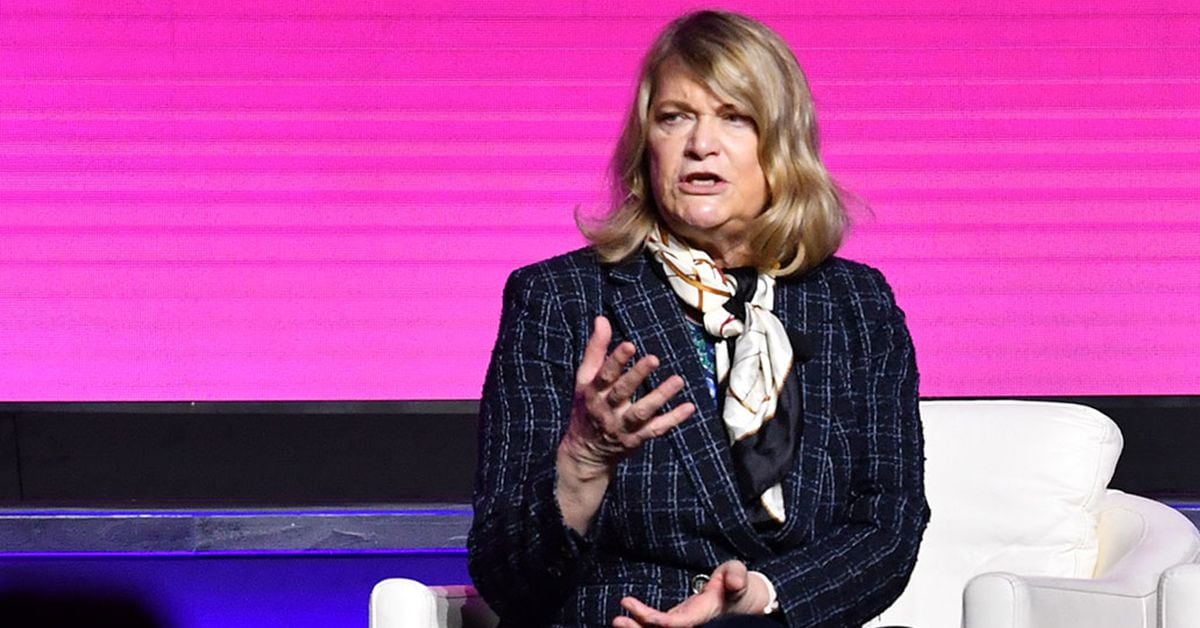
There is a certain number of days that are ideal for working from home, and that number is two.
Unless you’re extraordinarily wealthy (congrats on that), your experience of working through the pandemic has probably been miserable. If you’ve had to work in person, your days have been dangerous and precarious. If you’ve been able to work from home, you’ve had an enormous privilege. But devoid of choice and novelty, remote work has lost some of its romance for office workers who previously dreamed of ending their commute. In home offices around the country, the wallpaper has begun to yellow.
WFHers have been working longer hours and more weekends than before the pandemic, and they’re more likely to report loneliness, depression, and anxiety than people working in person, according to Gallup. At the end of April, nearly 66 percent of respondents to a Morning Consult poll said they wanted to return to the office as soon as possible. Half of remote workers even miss their commute. But these data aren’t as conclusive as they might look. In the same Morning Consult poll, 84 percent of respondents said they enjoyed remote work. Gallup found that remote workers reported better overall well-being and higher engagement than those in the office. Many office workers also seem to be more productive at home, even in the middle of a disaster.
All of this has been enough to make some employers reconsider their future. Much attention has been paid to a small number of influential companies such as Facebook and Twitter, which have announced their elective remote-work policies, as well as to those such as Goldman Sachs, which insisted in February that remote work is a temporary anomaly and not a new normal. But rumors of the office’s death have been greatly exaggerated, as have those of its triumphal return. Most companies are still deciding exactly what their post-pandemic workspaces look like, which means many office-going Americans are about to enter a few months of relative freedom during phased, attendance-capped reopenings. Employers are trying to figure out what they can get away with down the line, and workers are trying to figure out what they can demand.
Leave a Comment
Related Posts




